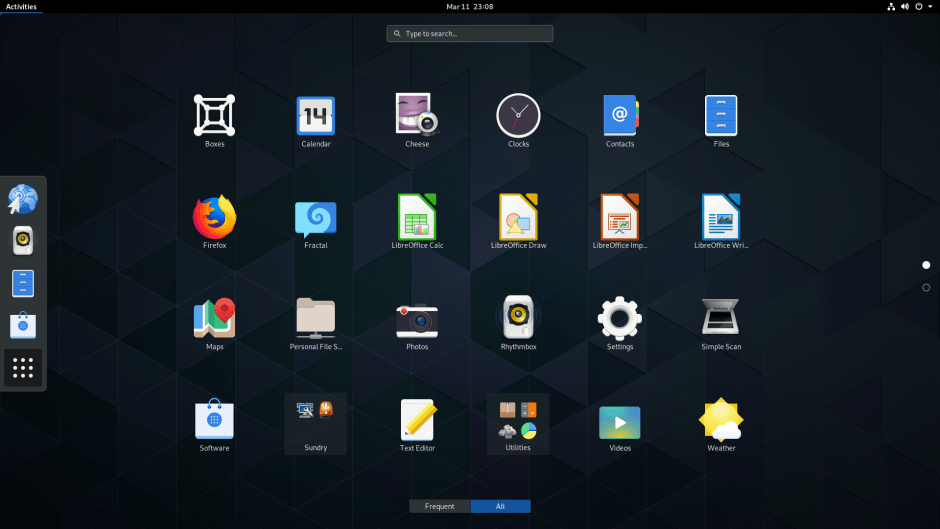Comparsion of Linux distributions (Week 13)
Comparsion of Linux distributions
In todays blog, I am going to compare two by far most popular Linux distributions: Ubuntu and Fedora. Nevertheless people often take them very similar to each other, there are still differences between them.
Ubuntu is a pure Linux distro derived from Debian, proclaimed as stable and simple to utilize. The main idea of Ubuntu is to serve everything to every user, whereas Fedora is an environment more like a testing stage for the Red Hat developers.
Ubuntu has always been the most recommended Linux distro for beginners, on top of that, its targeted audience mostly comes from ex-window users. Whereas, the developers-end of Fedora is more popular, as numerous developers are now switching from Ubuntu to Fedora. For a good reason that Fedora is an environment for Red hat developers, not a Distro (more like a clone of RHEL).
Nevertheless, both of these distributions are suitable for developers, Ubuntu is very much suitable for programming, whereas Fedora is also suitable for developing software. In addition to that, Ubuntu is on top for machine learning, either in comparison with Fedora.
Both Ubuntu and Fedora use GNOME desktop environment by default. While Fedora uses the stock GNOME desktop, Ubuntu has customized its look and presents like its previous Unity desktop.

In terms of user base, Fedora has a large following. However, Ubuntu is more popular and has a larger following than Fedora. Therefore, Fedora does not provide as much software to use as Ubuntu. The popularity of Ubuntu has prompted a number of websites and blogs focused primarily on Ubuntu. This way, you get more troubleshooting tips and learning material on Ubuntu than Fedora.
Talking about development and updates, a new Fedora version is released every six months and each Fedora release is supported for thirteen months only. Which means that between six to thirteen months, you must perform an upgrade. Ubuntu has two versions: regular release and the long-term support (LTS) release. Regular release is similar to Fedora. It’s released at the interval of six months and is supported for nine months.
The LTS release comes at an interval of two years and is supported for five years. Regular releases bring new features, new software versions while the LTS release holds on to the older versions. This makes it a great choice for people who don’t like frequent changes, and prefer stability.
In term of licenses, both of them win. Fedora is free to copy, modify, and redistribute without any cost or license fees. Ubuntu is absolutely free to download, use, share and improve however and whenever you like.
In conclusion, I would say that even though in the comparison written above the most probable winner is Ubuntu, it is always up to the user decide whether to use Ubuntu, Fedora or any other version.
References:
1) https://itsfoss.com/ubuntu-vs-fedora/ [1]
2) https://ssiddique.info/fedora-vs-ubuntu-comparison.html [2]
3) https://www.redhat.com/en/open-source/articles/fedora-project-open-source-evolved




Comments
Post a Comment